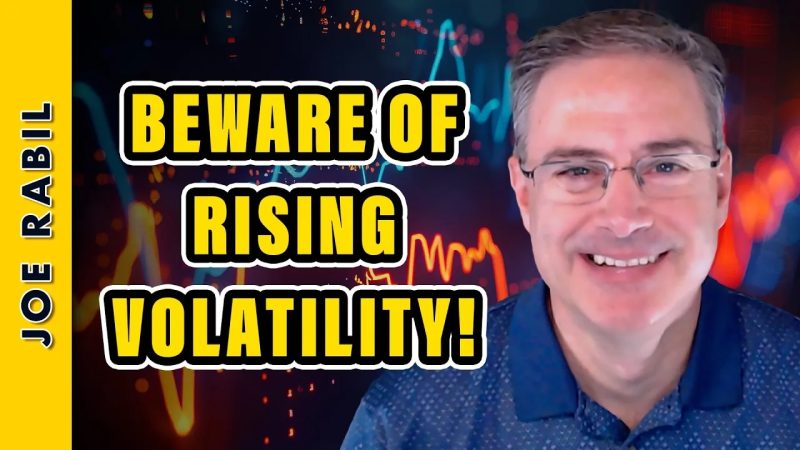In recent years, the global financial markets have experienced increasing volatility, causing concern among investors and analysts alike. This surge in market turbulence has led to a range of consequences for market participants, including heightened risk levels, unpredictable price movements, and amplified trading volumes.
One of the primary impacts of rising market volatility is the challenge it poses to investors in managing their portfolios effectively. Increased volatility often translates into greater uncertainty and risk, making it difficult for investors to accurately gauge the potential returns and losses associated with their investments. In such a volatile environment, traditional investment strategies may prove less effective, leading investors to reassess their risk management practices and explore new approaches to portfolio diversification.
Moreover, rising market volatility can also have significant implications for individual stocks and sectors within the market. Equities that are particularly sensitive to market fluctuations, such as technology and healthcare stocks, may experience heightened price swings and amplified trading activity during volatile periods. This increased market turbulence can create both opportunities and risks for investors, requiring a keen understanding of market dynamics and a proactive approach to portfolio management.
Another critical aspect of rising market volatility is its impact on market liquidity. In periods of heightened volatility, market liquidity can dry up quickly, as investors become more cautious and trading activity becomes more erratic. This reduction in liquidity can exacerbate price movements and increase trading costs, further complicating the investment landscape for market participants.
Furthermore, rising market volatility can also have implications for market stability and systemic risk. High levels of volatility can trigger market sell-offs and create panic among investors, leading to potential market dislocations and systemic risks. Central banks and regulators may need to closely monitor market conditions and implement measures to maintain market stability and prevent systemic disruptions during periods of heightened volatility.
In conclusion, the current market environment is characterized by rising volatility, presenting challenges and opportunities for investors and market participants alike. As market turbulence continues to impact global financial markets, investors need to remain vigilant, adapt their investment strategies, and manage risks effectively to navigate the uncertain landscape ahead. By staying informed and proactive, investors can better position themselves to weather the storm and capitalize on the opportunities that rising volatility may present in the market.
